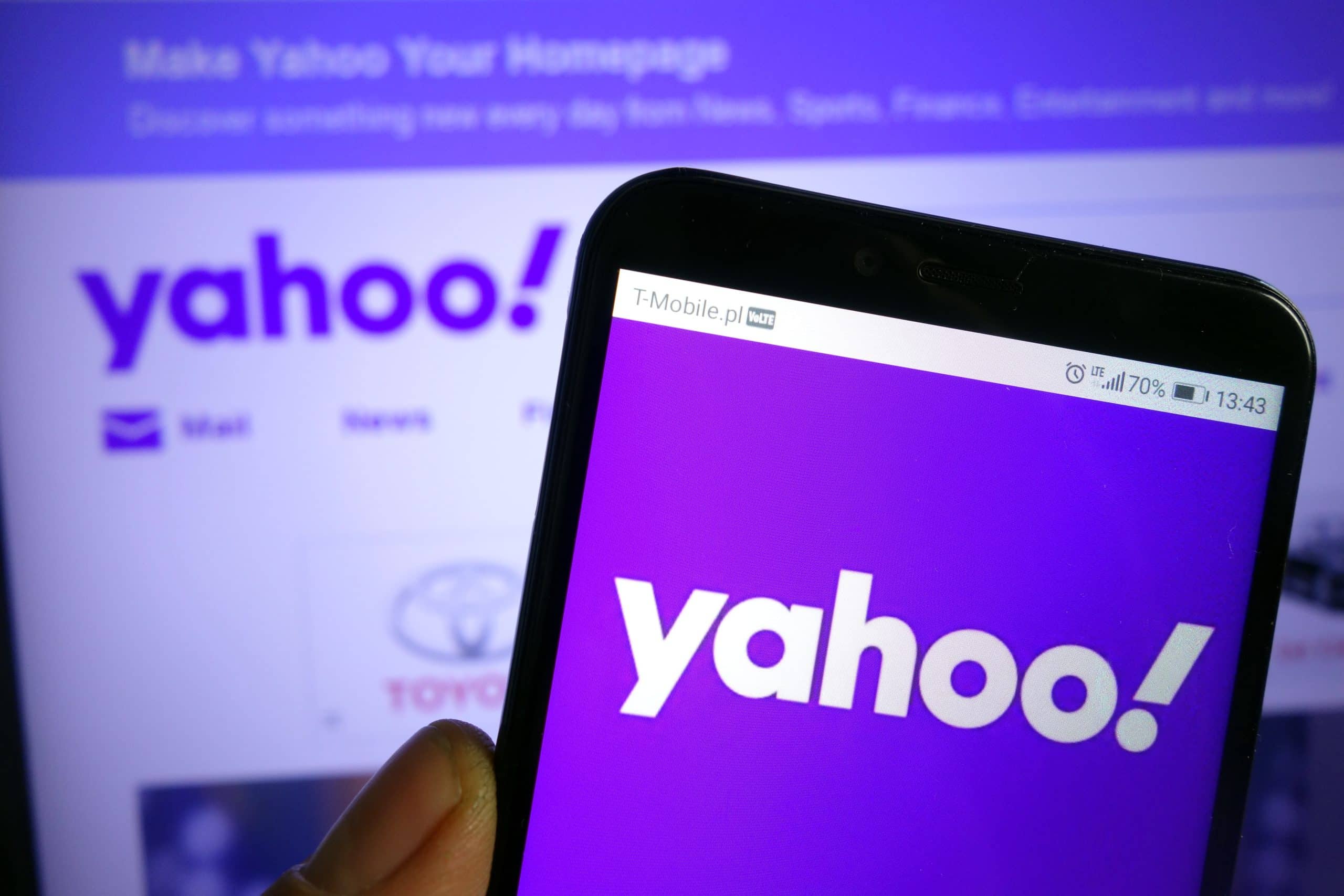You’ve probably heard more than once about Google eliminating third-party cookies in Chrome. It was initially announced in the beginning of 2020, but third-party cookies are still here and Google keeps delaying its plans. So, what is going on? Before we dive in, let’s learn more about third-party cookies.
What are third-party cookies?
Cookies are small bits of information that are being stored in our browsers. They’re mainly being used to store behavioral and preferences data in order to help websites provide a personalized experience. Third-party cookies specifically are cookies that listed under a different domain than the one you are currently browsing and mostly used for collecting data across several websites.
Why is Google eliminating third-party cookies?
In 2019, Google announced that it is going to eliminate third-party cookies support in Chrome in order to provide a more private and safer browsing experience. Google then established the Privacy Sandbox initiative with the goal to collaborate with the advertising ecosystem to develop a privacy preserving protocol that will replace third-party cookies and cross-sites tracking.
How are third-party cookies going to be replaced?
Privacy Sandbox initially introduced a new in-browser algorithm based mechanism named FLoC (Federated Learning of Cohorts). The idea behind FLoC was to group people with similar interests together: NBA fans, foodies, yoga lovers, etc., instead of targeting individuals. The end result for the user is indistinguishable, but advertisers will have to adjust to the new way they collect their data. Unfortunately for Google, FLoC was not received with open arms by the adtech industry and regulators. It was criticized by the Electronic Frontier Foundation who said it was the opposite of privacy preserving technology. In early 2022, Google reached an agreement with the CMA (Competition and Markets) Authority) in the U.K. and announced that they would work together, and are committed to resolve any concerns. The company also announced they’d drop FLoC and start developing their new mechanism called ‘Topics.” Topics will allow the browser to learn about a person’s interests from data over the most recent three weeks. When a person visits a site that works with Topics, this person’s browser will randomly share three topics that this person is interested in from within this site, and the site will be able to use this information to show personalized ads. Google will also allow interests to be pulled from user reviews, allow users to remove the topics that are assigned to them, and even to opt-out from the Topics service, which in theory should give users better transparency and control of the data they share with websites. The disagreements and critics along the way, together with the complexity of this project caused Google to delay the third-party cookies sunset twice since they originally announced it in 2020, from 2022 to second half of 2023 and now to the second half of 2024.
What should you do and how should you prepare as an advertiser?
What should you do, you ask? We gathered a list of recommendations that should help you stay ahead of the curve:
- Put first-party data first. Invest in building a healthy and strong first-party data collection infrastructure. Third-party cookies are going away, but first-party cookies are here to stay, and it’s time to start utilizing them. Understanding who your customers are using your own data is a good starting point for finding more customers. Integrating your first-party data into your advertising platforms can also help you achieve great results. Advertisers will have to get more creative and come up with new ways to encourage users to share their data with the brand.
- Test the waters. As good pieces of data are getting harder to find, invest more in performing lift and GEO tests in order to understand the incremental conversions value of each of your marketing channels and platforms. Lift tests are designed to tell the incremental return and causal effect of a specific marketing channel by applying it to one group and hiding it from another group. GEO tests can help with determining the efficiency of a specific marketing effort using two different GEOs that are similar in their characteristics (same language or seasonality for example) while one group is exposed to the marketing activity we want to test and the other is not.
- Context is king. While many platforms will lose the ability to track users across different sites, contextual targeting will make sure you put your ads in front of a relevant audience.
- Utilize cookieless methodologies. MMM (Marketing Mix Modeling) is a great example of how you can use an aggregated and privacy preserving version of your data by feeding it to a multi-linear regression model that calculates the impact of each of your marketing channels to help you understand how to shift you media budgets between different channels.
We also recommend you consult with our list of best practices for cookieless tracking.
Don’t wait for third-party cookies to crumble
Even if being delayed, the third-party cookie depreciation is something we can’t ignore. It’s going to affect the entire digital marketing ecosystem and drastically change the way we do things online. Google’s recent announcement on the delay buys advertisers and publishers some more time to strategize and re-model their digital marketing infrastructure, but the sooner they start implementing these changes, the more prepared they will be when third-party cookies crumble.



